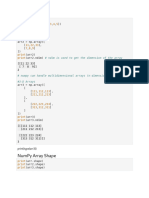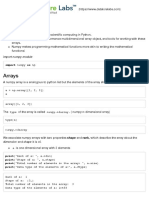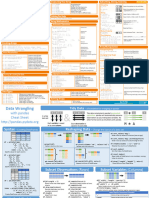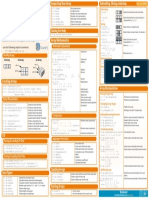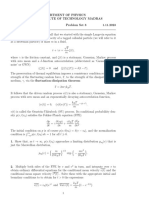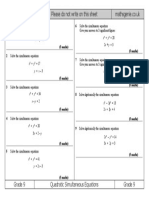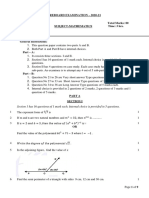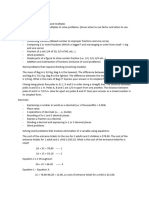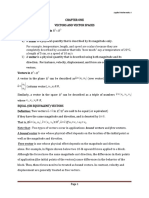0% found this document useful (0 votes)
11 views116 pages17 - NumPy
The document provides an overview of multi-dimensional arrays and associated mathematical functions, including creation, indexing, reshaping, and operations such as addition and multiplication. It covers various array manipulations using NumPy, including slicing, stacking, and generating arrays of zeros, ones, and identity matrices. Additionally, it explains matrix multiplication and random number generation, highlighting the efficiency and utility of NumPy for numerical computations.
Uploaded by
rahulkanojiya.241ee123Copyright
© © All Rights Reserved
We take content rights seriously. If you suspect this is your content, claim it here.
Available Formats
Download as PDF, TXT or read online on Scribd
0% found this document useful (0 votes)
11 views116 pages17 - NumPy
The document provides an overview of multi-dimensional arrays and associated mathematical functions, including creation, indexing, reshaping, and operations such as addition and multiplication. It covers various array manipulations using NumPy, including slicing, stacking, and generating arrays of zeros, ones, and identity matrices. Additionally, it explains matrix multiplication and random number generation, highlighting the efficiency and utility of NumPy for numerical computations.
Uploaded by
rahulkanojiya.241ee123Copyright
© © All Rights Reserved
We take content rights seriously. If you suspect this is your content, claim it here.
Available Formats
Download as PDF, TXT or read online on Scribd
/ 116













